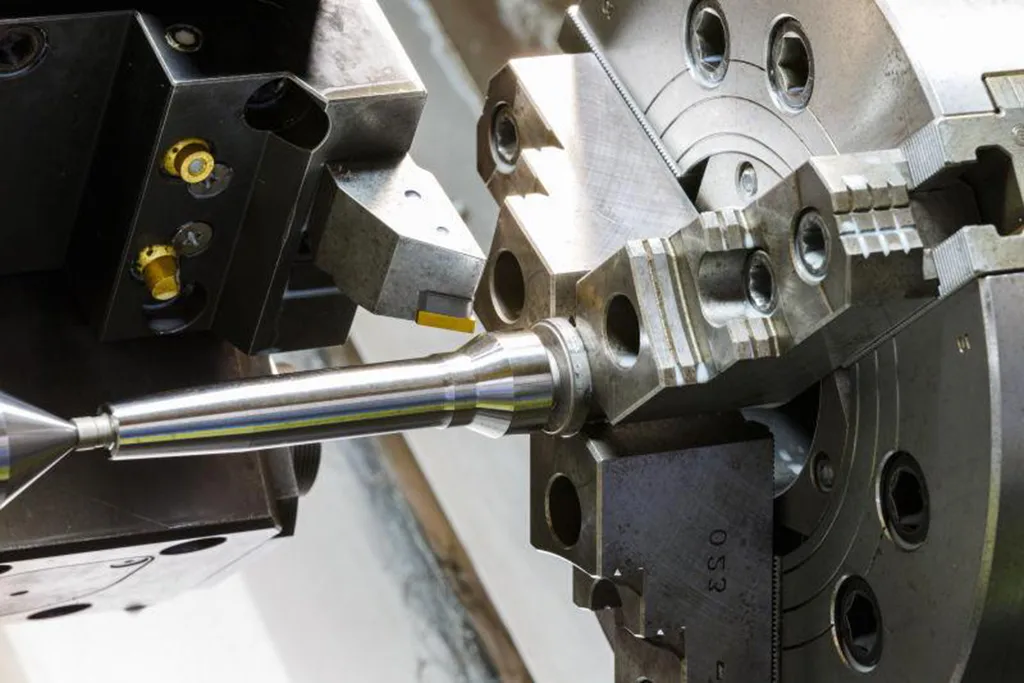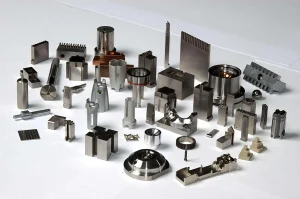Plastic 3D printing technology has gained immense popularity across various industries. It allows for the creation of complex parts and prototypes with unmatched precision and speed. As businesses seek to innovate and improve efficiency, understanding the applications of this technology becomes essential. In this article, we will explore the key applications of plastic 3D printing and its impact on different sectors.

1. Prototyping
One of the primary applications of plastic 3D printing is prototyping. Designers and engineers can quickly create models for testing and evaluation.
Speed and Efficiency
The rapid prototyping process enables teams to iterate designs faster than traditional methods. They can produce a prototype within hours rather than weeks. This speed significantly reduces time to market for new products.
Cost Savings
Additionally, 3D printing minimizes material waste. Unlike traditional manufacturing, which often involves cutting away material, 3D printing adds material only where needed. This efficiency translates to cost savings in both materials and production time.
2. Customization
Another major application of plastic 3D printing is customization. Businesses can tailor products to meet specific customer needs.
Personalized Products
From custom prosthetics to personalized jewelry, 3D printing allows for unique designs. For example, healthcare providers can create bespoke medical devices that fit individual patients perfectly. This level of customization enhances user satisfaction and improves functionality.
Competitive Advantage
Offering customized products can also give businesses a competitive edge. Companies that embrace personalization often see increased customer loyalty and higher sales.
3. Aerospace and Automotive Industries
Plastic 3D printing is making significant strides in the aerospace and automotive industries. Manufacturers use this technology to produce lightweight components and prototypes.
Lightweight Parts
In aerospace, reducing weight is critical for fuel efficiency. 3D printing enables the creation of intricate designs that are both lightweight and strong. This capability helps improve aircraft performance and reduce operational costs.
Rapid Prototyping in Automotive
In the automotive sector, companies use 3D printing to develop prototypes of parts quickly. This approach speeds up the design process, allowing for faster testing and refinement. Manufacturers can evaluate how parts fit and function before committing to mass production.
4. Medical Applications
The medical field has also embraced plastic 3D printing technology. It plays a crucial role in creating various medical devices and tools.
Custom Prosthetics and Implants
3D printing allows for the production of custom prosthetics tailored to individual patients. This technology improves comfort and functionality for users. Furthermore, it enables the creation of implants that perfectly match the anatomical structures of patients.
Surgical Planning
Surgeons can also benefit from 3D printing. They can create detailed models of patients’ organs or tissues before surgery. These models help surgeons plan complex procedures, leading to improved outcomes.
5. Education and Research
Educational institutions are incorporating plastic 3D printing into their curricula. This technology allows students to bring their ideas to life.
Hands-On Learning
Students can design and print their prototypes, gaining valuable skills in design and engineering. This hands-on experience fosters creativity and innovation.
Research Prototyping
In research, 3D printing allows for rapid prototyping of experimental designs. Researchers can test hypotheses and refine their experiments efficiently. This capability accelerates the pace of scientific discovery.
Conclusion
In conclusion, the applications of plastic 3D printing technology are vast and impactful. From rapid prototyping and customization to advancements in aerospace, automotive, and medical fields, this technology is reshaping industries. Its ability to produce complex parts quickly and efficiently gives businesses a competitive edge. As education and research continue to adopt this technology, the potential for innovation is limitless. By understanding and leveraging plastic 3D printing, companies can enhance their operations and deliver better products to their customers. Embracing this technology will be key to staying ahead in today’s fast-paced market.






